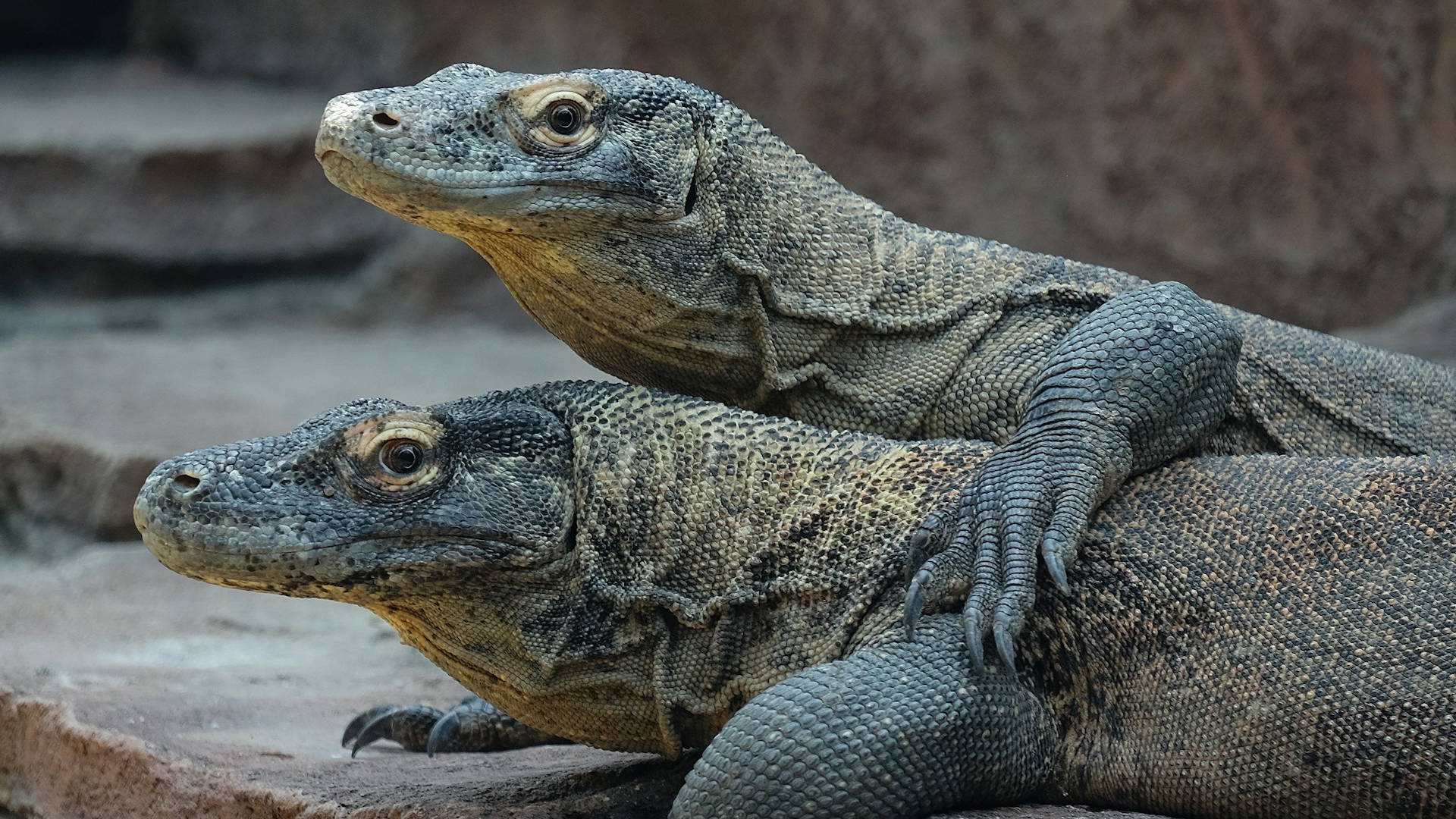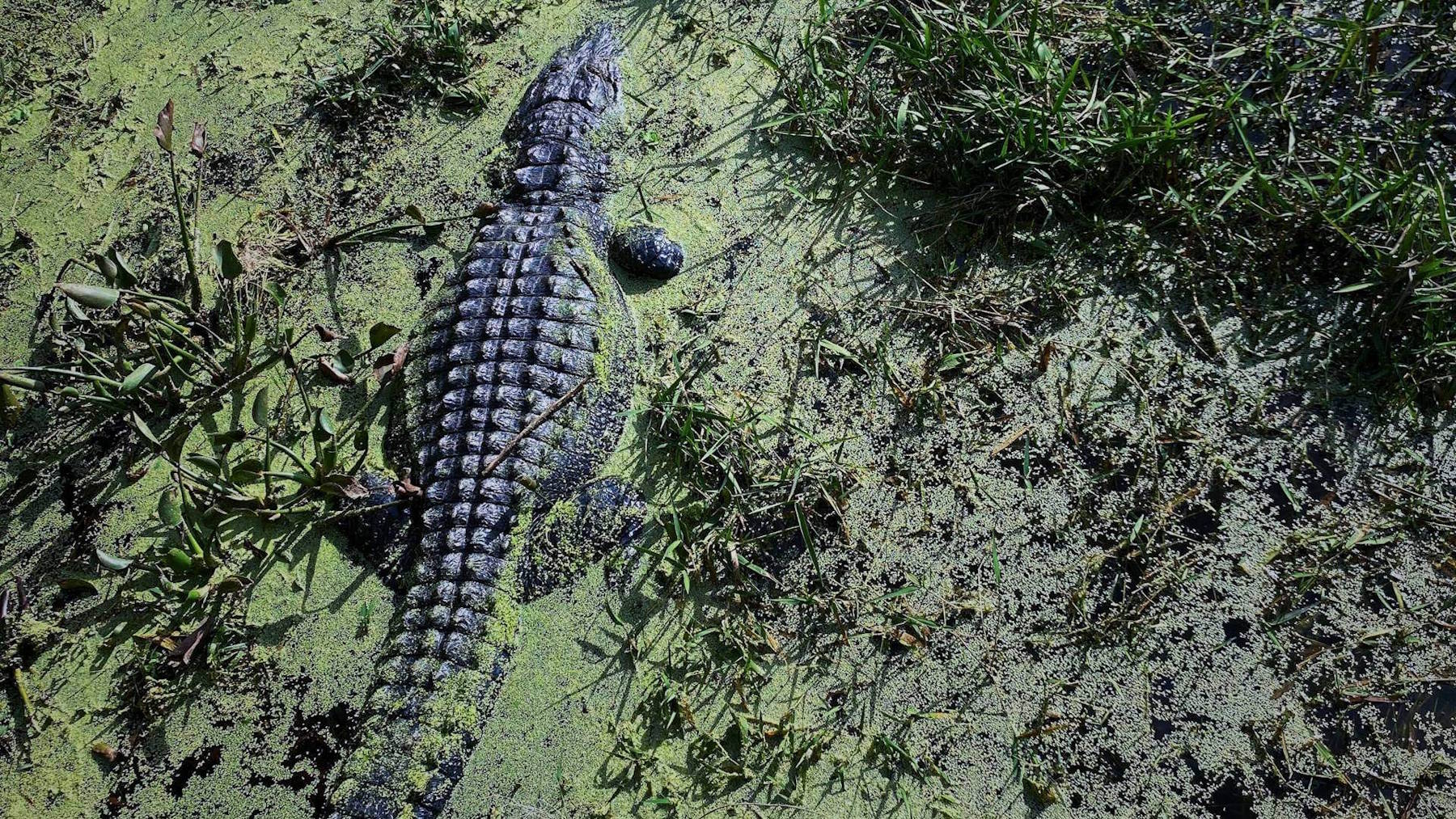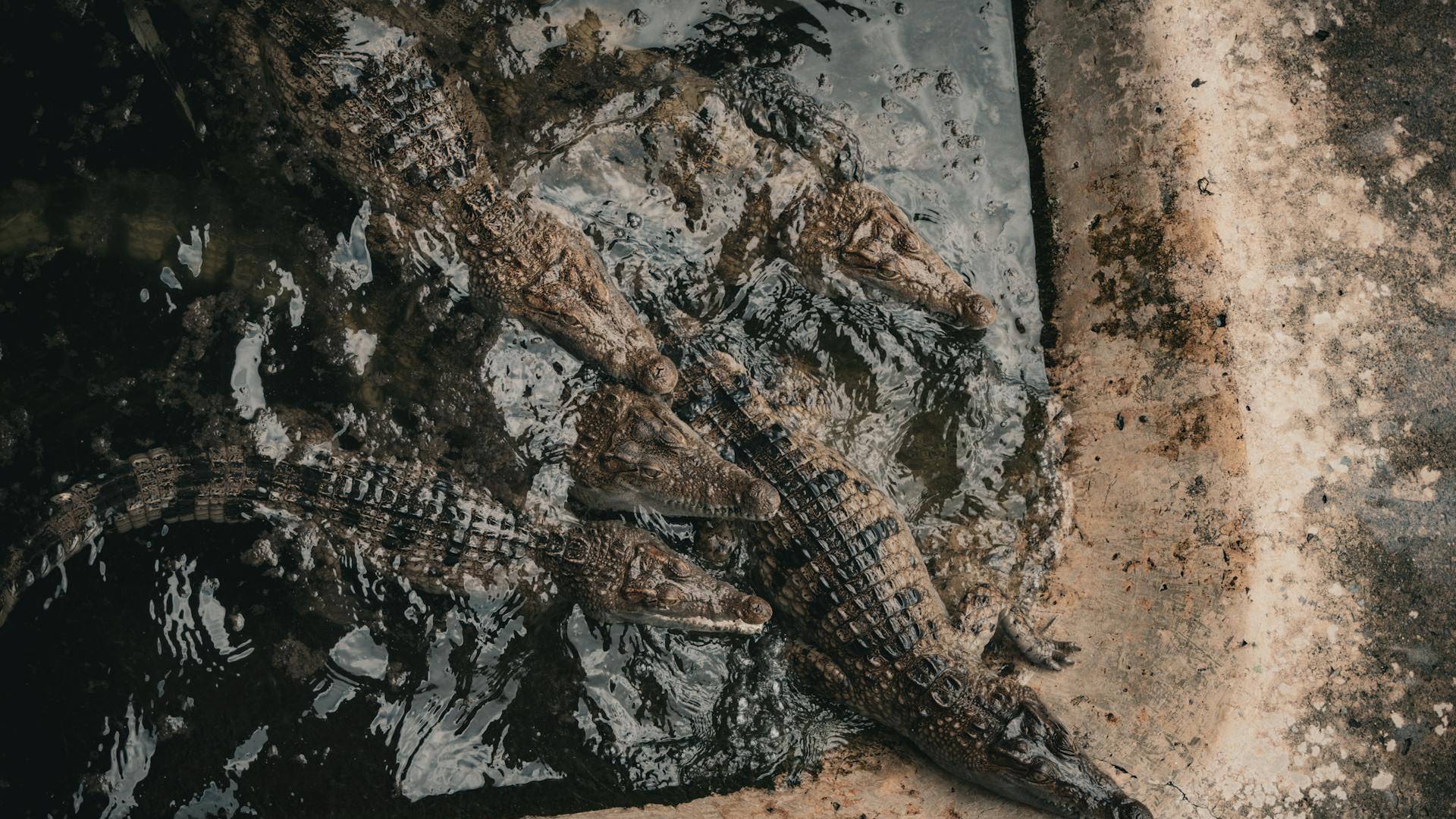In the rugged wilderness of Indonesia’s Lesser Sunda Islands, an ancient predator employs one of nature’s most effective hunting strategies. The Komodo dragon, the world’s largest lizard, can bring down prey many times its own size despite lacking the raw strength of mammalian predators like lions or wolves. These remarkable reptiles have evolved a hunting method so effective that a single bite can spell certain doom for water buffalo, deer, and even humans. Their success as apex predators isn’t merely about size or speed—it lies in a complex combination of anatomy, behavior, and a deadly oral arsenal that makes their bite uniquely lethal in the animal kingdom. The Komodo’s hunting prowess represents one of evolution’s most fascinating adaptations, allowing these ancient creatures to dominate their island ecosystems as they have for millions of years.
The Evolutionary Marvel of Komodo Dragons
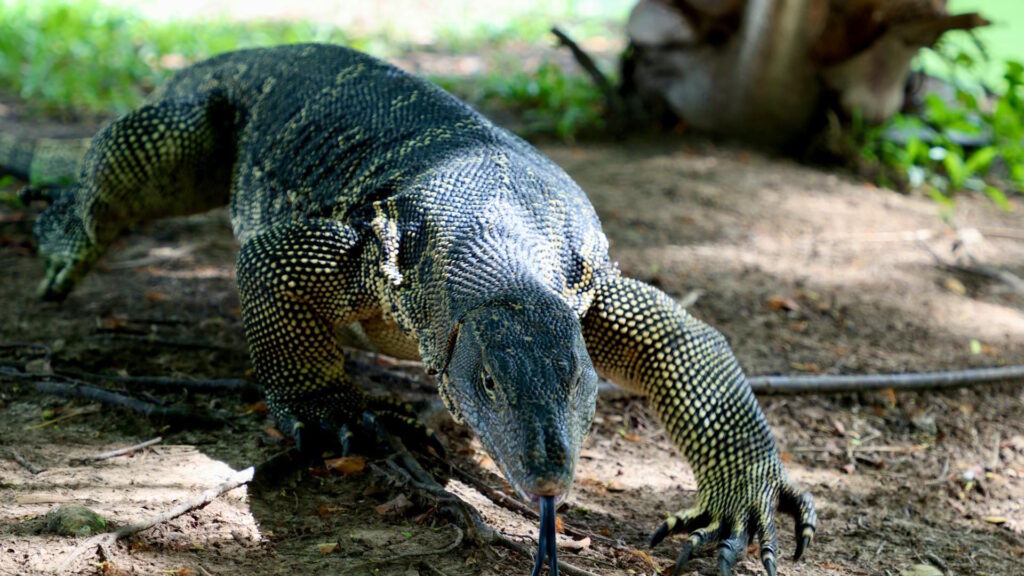
Komodo dragons (Varanus komodoensis) represent an evolutionary success story dating back millions of years, having evolved in isolation on Indonesia’s Lesser Sunda Islands. These massive reptiles can grow up to 10 feet long and weigh over 300 pounds, making them the heaviest lizards on Earth. Their evolution has been shaped by island biogeography, where limited resources and absence of mammalian competitors allowed them to occupy the top predator niche. Fossil evidence suggests their ancestors were much smaller monitor lizards that grew larger through the evolutionary principle known as island gigantism. This evolutionary history has created a perfect predatory machine that combines strength, stealth, and a uniquely deadly bite that gives these ancient reptiles their fearsome reputation.
Anatomy of a Perfect Predator
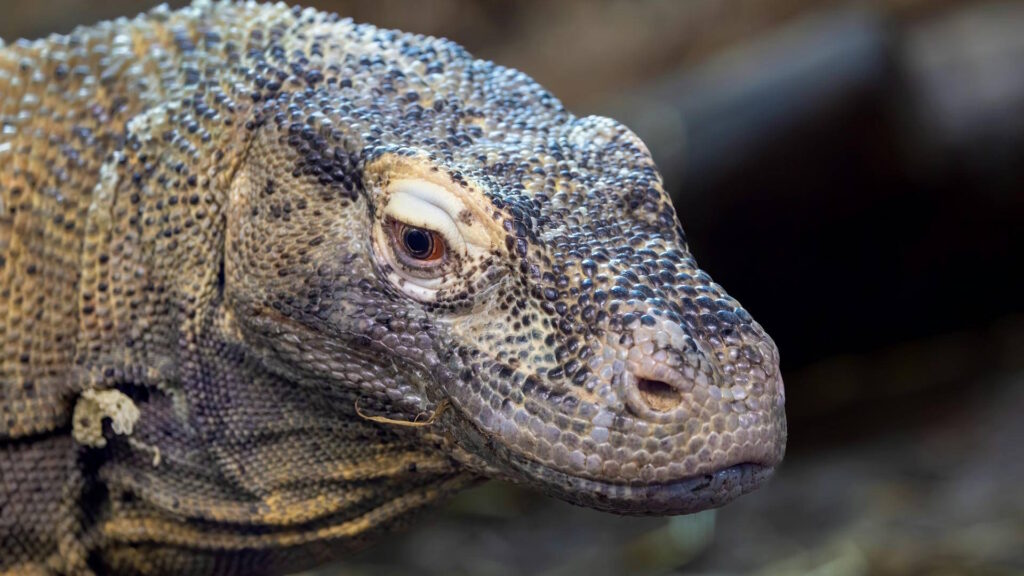
The Komodo dragon’s body is perfectly designed for its predatory lifestyle, with several adaptations that make it a formidable hunter. Their muscular legs and powerful tails allow them to move with surprising speed, reaching up to 13 miles per hour in short bursts when pursuing prey. Their serrated, shark-like teeth—numbering around 60—are designed not just for gripping but for slicing through flesh and causing maximum blood loss. Unlike many reptiles, Komodos have exceptionally strong neck and jaw muscles, allowing them to deliver devastating bites with forces measured at over 39 newtons, comparable to many mammalian predators. Perhaps most impressively, their specialized sensory system includes a highly developed Jacobson’s organ that can detect carrion from up to 5.9 miles away, ensuring they never miss an opportunity for a meal in their resource-limited island habitat.
The Controversy of Venom vs. Bacteria
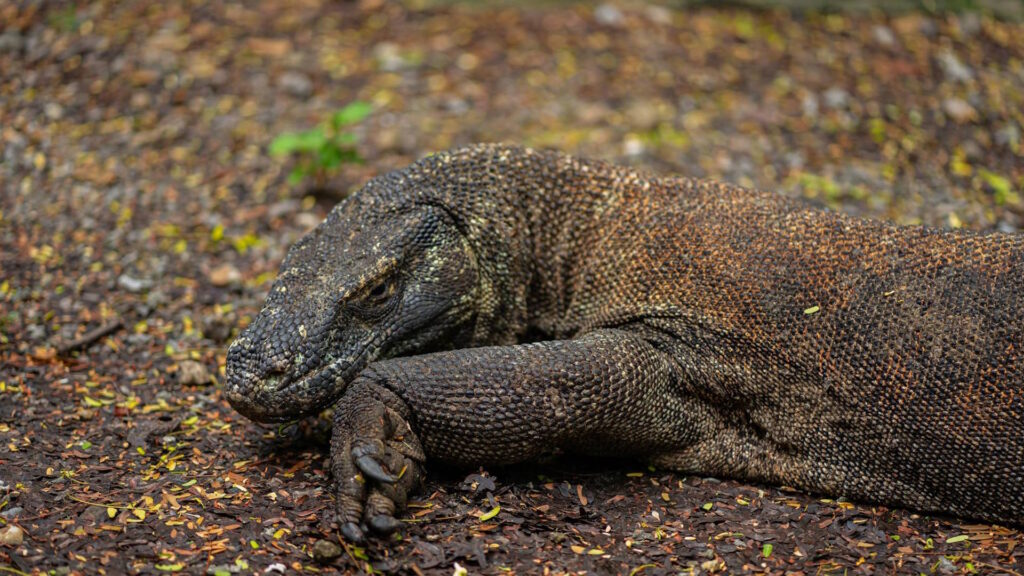
For decades, scientists believed the Komodo dragon’s deadly bite came primarily from bacteria festering in its mouth, with over 50 strains of bacteria, including E. coli and Staphylococcus, supposedly causing lethal sepsis in bite victims. This long-standing theory suggested that dragons deliberately allowed wounded prey to escape, tracking them for days until bacterial infection weakened the animal enough for the final kill. However, groundbreaking research in 2009 by Bryan Fry and colleagues upended this understanding when they discovered venom glands in the Komodo’s lower jaw. Further studies revealed that Komodo dragons actually maintain relatively clean mouths compared to other carnivores, and that their saliva contains anticoagulant compounds similar to those found in venomous snakes. This scientific controversy represents an important correction to our understanding of these animals, though some researchers continue to debate the relative importance of venom versus bacterial infection in Komodo dragon predation.
The Complex Venom Delivery System

Unlike snakes with hollow fangs, Komodo dragons employ a sophisticated venom delivery system that operates through a combination of serrated teeth and specialized glands. Their venom glands are located between their teeth in the lower jaw, releasing toxins that flow into wounds created by their saw-like teeth during the act of biting. When a Komodo bites, it creates deep, jagged wounds that maximize exposure to these toxins while also causing significant tissue damage and blood loss. The dragon often uses a “bite and pull” strategy, where it clamps down with its powerful jaws and then tears backward, creating even larger wounds for venom to enter. This venom delivery may not be as specialized as that of cobras or vipers, but evolutionary biologists note that it represents an entirely separate evolutionary path to developing toxic bite capabilities, making Komodos one of the few venomous lizards in existence.
The Biochemistry of Komodo Venom
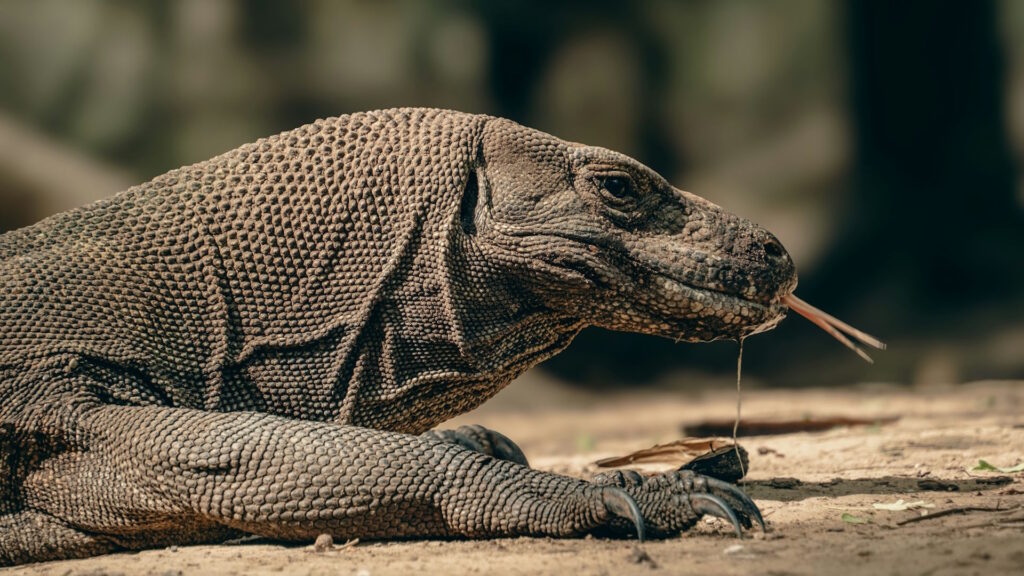
Komodo dragon venom contains a potent cocktail of proteins and compounds specifically evolved to incapacitate large prey quickly and efficiently. The venom includes powerful anticoagulants that prevent blood clotting, causing prey to bleed profusely from even minor wounds and rapidly decreasing blood pressure. These compounds include AVIT proteins, phospholipases, and kallikrein-like enzymes that collectively induce a rapid drop in blood pressure, accelerate blood loss, and prevent clotting. Additionally, the venom contains paralytic agents that inhibit muscle contractions and nerve signals, making escape increasingly difficult for wounded prey. Research published in the Journal of Proteome Research identified over 34 distinct toxin-encoding genes in Komodo venom that create a synergistic effect far more devastating than any single compound. This biochemical arsenal works systematically to ensure that even if prey initially escapes, the combined effects of shock, blood loss, and tissue damage will eventually bring it down.
How Komodos Hunt Their Enormous Prey
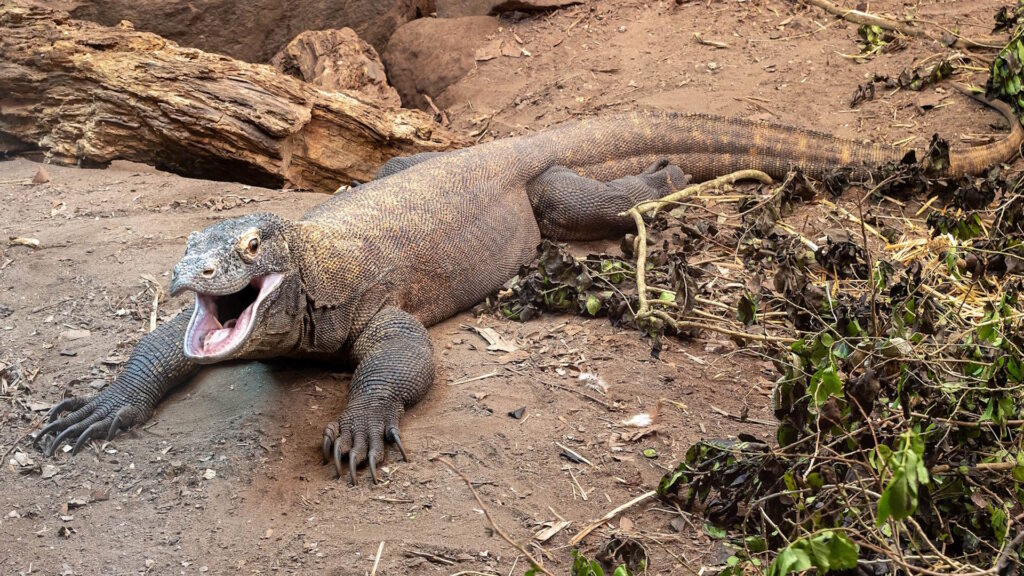
Komodo dragons employ a multi-stage hunting strategy that compensates for their relatively slow metabolism and limited stamina when targeting large prey. Initially, they rely on stealth and camouflage, remaining motionless for hours before ambushing unsuspecting animals with a sudden, explosive lunge. When attacking large prey like water buffalo or deer, they target vulnerable areas such as the legs or underbelly, delivering deep bites that introduce venom and create significant bleeding. After the initial attack, Komodos often retreat to a safe distance, using their exceptional sense of smell to track the wounded animal that may travel for miles before succumbing to venom effects. Field studies by researchers at Komodo National Park have documented dragons following wounded prey for up to three days, sometimes in groups, before the animal finally collapses from the combined effects of envenomation, blood loss, and shock. This patience-based strategy allows the relatively slow-moving lizard to successfully hunt prey many times its size without risking serious injury in prolonged physical confrontations.
Taking Down a Water Buffalo: A Case Study
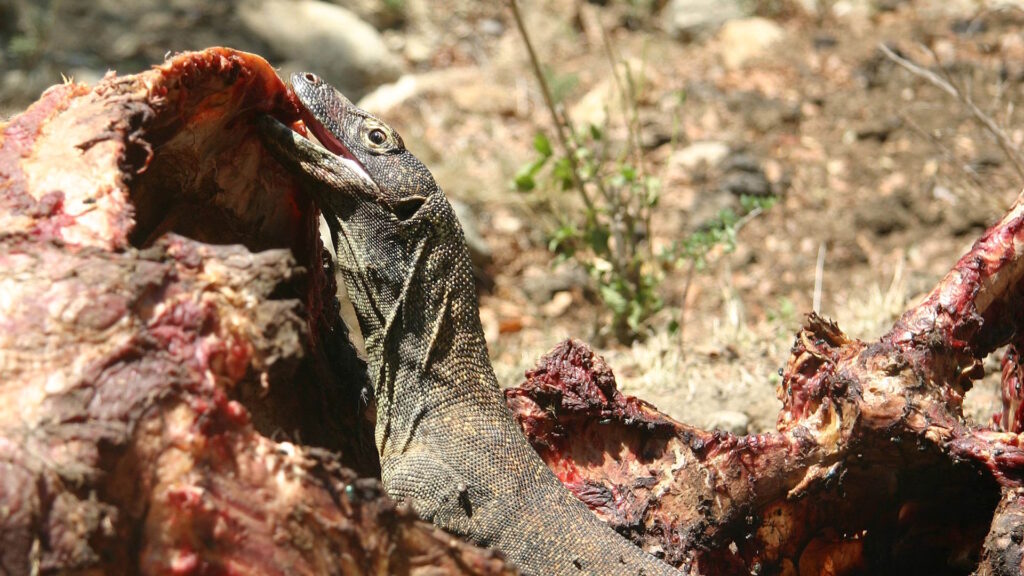
The Komodo dragon’s ability to kill a water buffalo—an animal that can weigh over 2,000 pounds, more than ten times the dragon’s size—represents one of nature’s most impressive predatory feats. The process typically begins with an ambush attack wherein the dragon targets the buffalo’s legs or underside, delivering a bite that may seem relatively minor to such a large animal. Within hours, however, the venom’s effects become apparent as the buffalo grows increasingly weak, struggles to maintain balance, and shows signs of severe distress. Researchers from the University of Melbourne documented a case where a 200-pound Komodo dragon successfully killed a 1,800-pound water buffalo that died 72 hours after receiving a single bite to its hind leg. Post-mortem examination revealed that the buffalo died from a combination of catastrophic blood pressure drops, internal bleeding, and systemic shock rather than from blood loss from the relatively small external wound. This remarkable case study illustrates the incredible efficiency of the Komodo’s predatory adaptations, allowing it to overcome the enormous size disparity through biochemical warfare rather than physical strength.
Pack Hunting and Social Behaviors

Contrary to their reputation as solitary hunters, Komodo dragons sometimes engage in coordinated group hunting behaviors that increase their ability to take down large prey. Field research conducted in Komodo National Park has documented multiple dragons converging on wounded animals, effectively surrounding the weakening prey and taking turns delivering additional bites. These gatherings aren’t merely opportunistic feeding—researchers have observed seemingly coordinated attacks where dragons appear to drive prey toward waiting pack members. During feeding, a dominance hierarchy exists, with larger dragons feeding first while smaller individuals wait their turn, suggesting complex social dynamics previously unrecognized in reptiles. This semi-social hunting strategy is particularly advantageous when targeting massive prey like water buffalo, as multiple dragons can deliver venom simultaneously, accelerating the prey’s decline and ensuring a successful kill that benefits the entire group.
The Gruesome Feeding Process
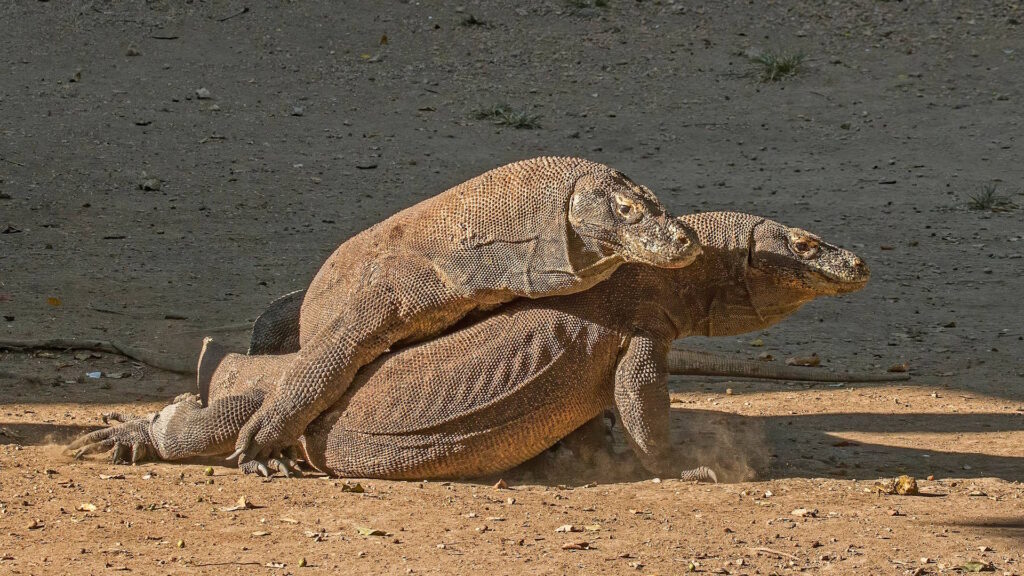
Once a large prey animal succumbs to the Komodo dragon’s venomous bite, the feeding process is both efficient and brutal. Using their serrated teeth, powerful neck muscles, and sharp claws, Komodos can consume up to 80% of their body weight in a single feeding. They begin by tearing off large chunks of meat, using their powerful legs to brace against the carcass while ripping backward with their neck muscles. Their unique skull structure allows them to swallow enormous pieces whole, sometimes consuming internal organs, bones, and hooves in massive gulps that stretch their stomachs dramatically. Most remarkably, Komodo dragons possess specialized stomach acids and digestive enzymes that can dissolve everything except hair and horns, breaking down bone, hide, and even teeth of their prey. After such massive meals, dragons may not need to feed again for weeks or even months, retreating to sunny locations where elevated body temperatures accelerate their digestive processes.
Human Fatalities and Medical Implications
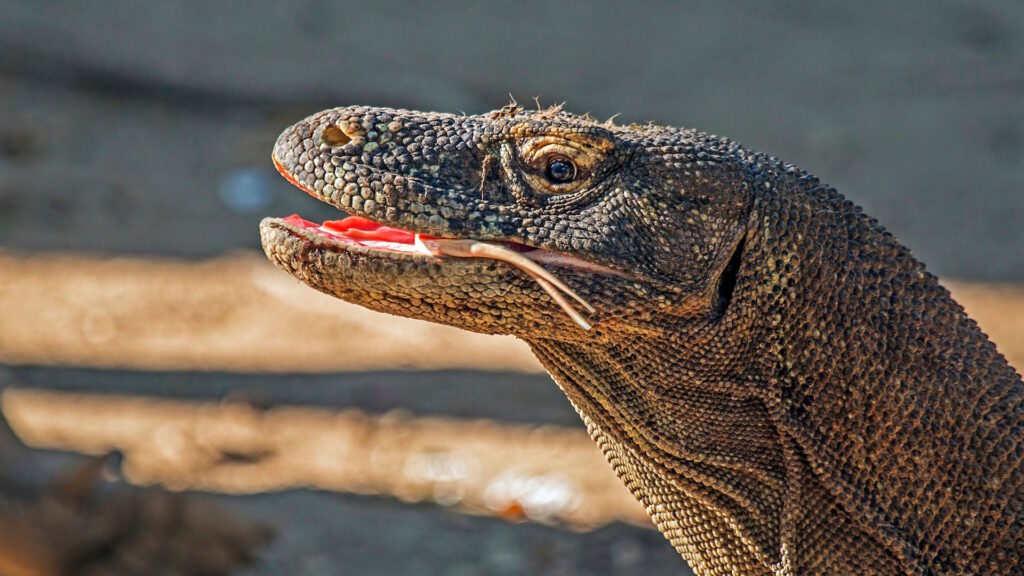
Komodo dragon attacks on humans, while rare, are particularly dangerous due to the unique properties of their venom and the remote locations where encounters typically occur. Since 1974, there have been at least 24 documented attacks on humans, with five resulting in fatalities, including a notable case in 2007 when a group of stranded Swiss tourists was attacked, resulting in one death. Survivors of Komodo bites often report symptoms consistent with envenomation: rapid swelling, intense pain, followed by dizziness, weakness, and sometimes rapid shock. Medical treatment for Komodo bites presents unique challenges since traditional antivenoms for snake bites aren’t effective against the dragon’s distinct venom composition. Modern treatment protocols include aggressive wound cleaning, broad-spectrum antibiotics to prevent infection, and cardiovascular support to counteract the venom’s hypotensive effects. Intriguingly, researchers are now studying Komodo venom components for potential pharmaceutical applications, with some compounds showing promise as blood-thinning medications that could revolutionize treatment for stroke and heart attack patients.
Competing Theories: Are Komodos Really Venomous?
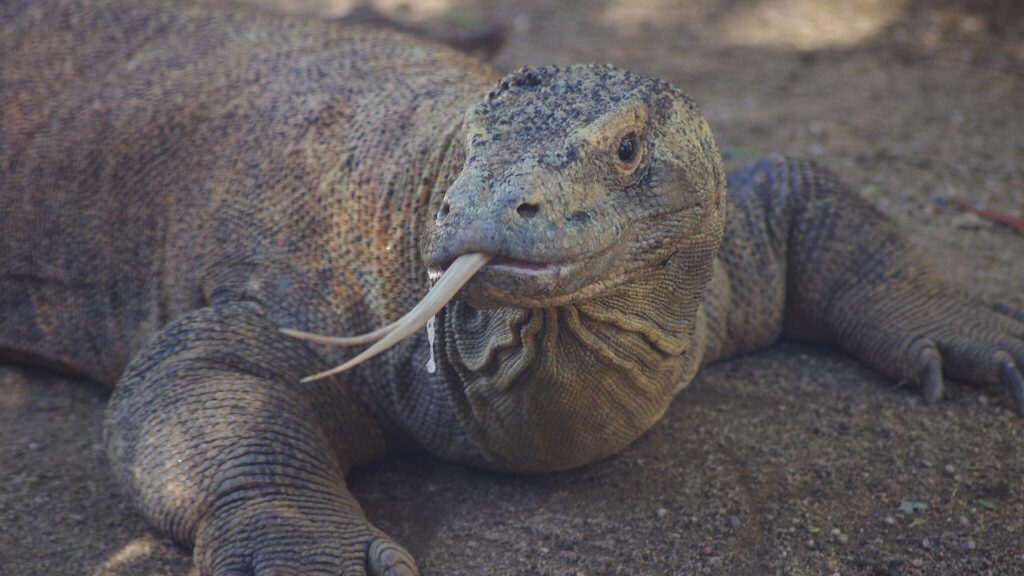
The scientific community remains divided on the exact mechanisms that make the Komodo dragon’s bite so deadly, with competing theories still being debated in academic circles. The traditional bacterial infection hypothesis, championed by researchers like Walter Auffenberg in his landmark 1981 study, suggested that dragons cultivated deadly bacteria in their mouths that infected prey through bite wounds. Conversely, Bryan Fry’s 2009 research identifying venom glands and subsequent biochemical analysis supports the now-dominant venom theory. Some compromise positions suggest both mechanisms may work in tandem, with venom causing immediate physiological effects while secondary bacterial infection from the bite further weakens prey over time. A 2019 study published in Molecular & Cellular Proteomics added complexity by suggesting Komodo venom evolved primarily as a digestive aid rather than a hunting tool, though it serves both purposes effectively. This ongoing scientific debate underscores how challenging it is to study the predatory mechanisms of such dangerous animals in their natural habitat, and suggests our understanding of these remarkable reptiles continues to evolve.
Evolutionary Arms Race with Prey
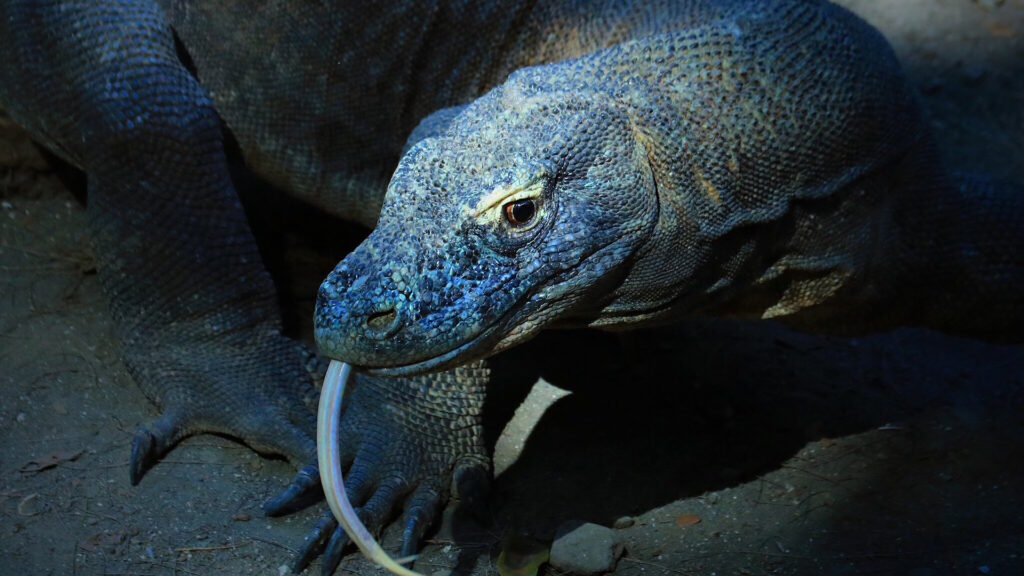
The relationship between Komodo dragons and their prey represents a classic evolutionary arms race, with both predator and prey continuously adapting over thousands of generations. Water buffalo, for instance, have developed thicker hides and more vigilant behaviors in areas where they coexist with Komodos, while local deer species exhibit heightened alertness and flight responses compared to related species elsewhere. The dragons, in turn, have evolved increasingly sophisticated venom compounds that can overcome their prey’s physiological defenses, with biochemical analysis showing variations in venom composition between different Komodo populations targeting different primary prey species. Intriguingly, research from the University of Queensland suggests that some prey species have begun developing limited resistance to certain Komodo venom components, with blood samples from local deer showing proteins that partially neutralize the anticoagulant effects. This evolutionary back-and-forth continues today, demonstrating how predator-prey relationships drive adaptation and shape entire ecosystems even on relatively isolated islands.
Conservation Challenges and the Future of Komodo Dragons
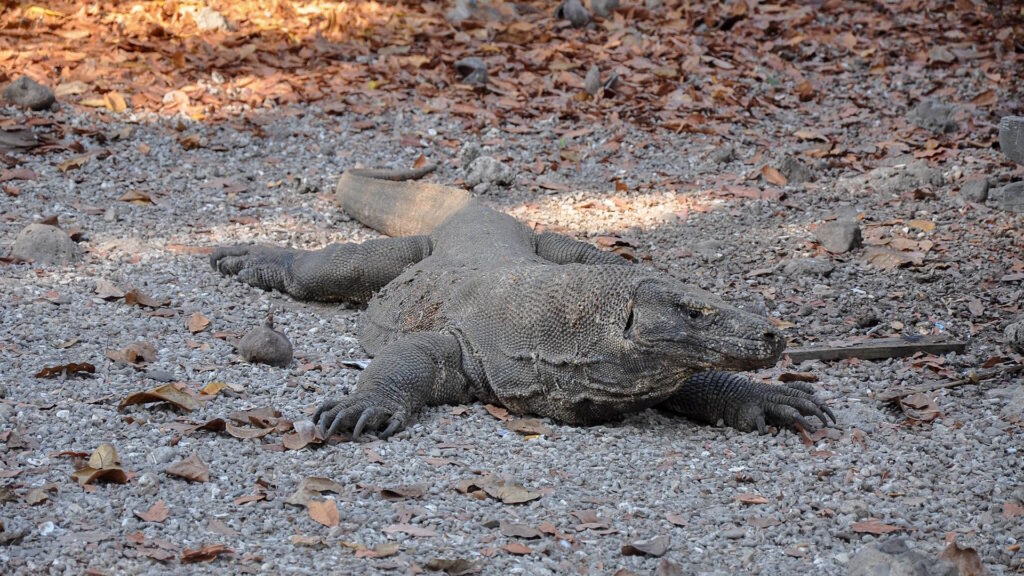
Despite their fearsome reputation and impressive predatory abilities, Komodo dragons face significant conservation challenges that threaten their long-term survival. Currently listed as endangered on the IUCN Red List, wild Komodo populations have declined by more than 30% over the past 40 years, with only about 1,400 adult dragons remaining across their limited island habitat. Climate change poses a particular threat, as rising sea levels could reduce their habitat by up to 71% over the next century according to models from the University of Adelaide. Human encroachment, poaching, and decreasing prey populations further complicate conservation efforts, while recent tourism development plans on Komodo Island have generated controversy among conservationists. The Indonesian government has implemented protection measures, including the establishment of Komodo National Park in 1980, which covers 1,733 square kilometers of protected habitat. These remarkable predators, with their unique and deadly bite mechanism, represent millions of years of evolutionary history that could be lost forever without continued conservation commitment from both local and international stakeholders.
Conclusion
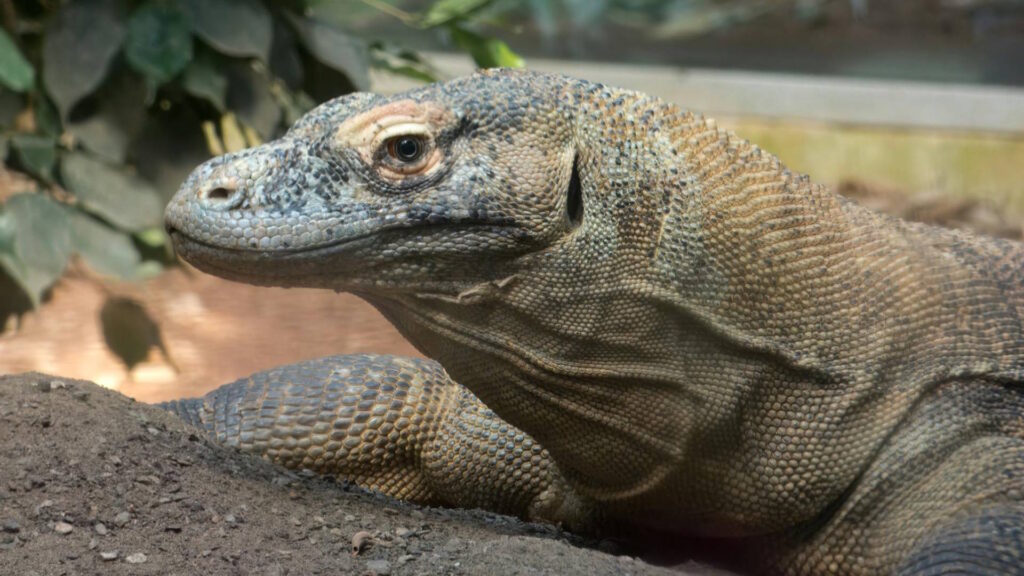
The Komodo dragon’s lethal bite stands as one of nature’s most remarkable predatory adaptations, enabling a relatively slow reptile to dominate its ecosystem as an apex predator. Through a sophisticated combination of venom-producing glands, specialized teeth, and hunting behaviors refined over millions of years of evolution, these ancient lizards can overwhelm prey many times their size without risking the physical confrontations that might injure them. As our understanding of Komodo biology continues to evolve—shifting from bacterial theories to complex venom biochemistry—we gain deeper appreciation for the elegant yet brutal efficiency of their predatory strategy. These living dragons remind us that in nature, raw strength isn’t always the determining factor in predatory success; sometimes, the most effective weapons operate at the molecular level, invisible to the eye but devastating in their impact. The Komodo dragon, with its deceptively simple yet deeply sophisticated hunting mechanism, embodies the endless ingenuity of evolutionary adaptation.

